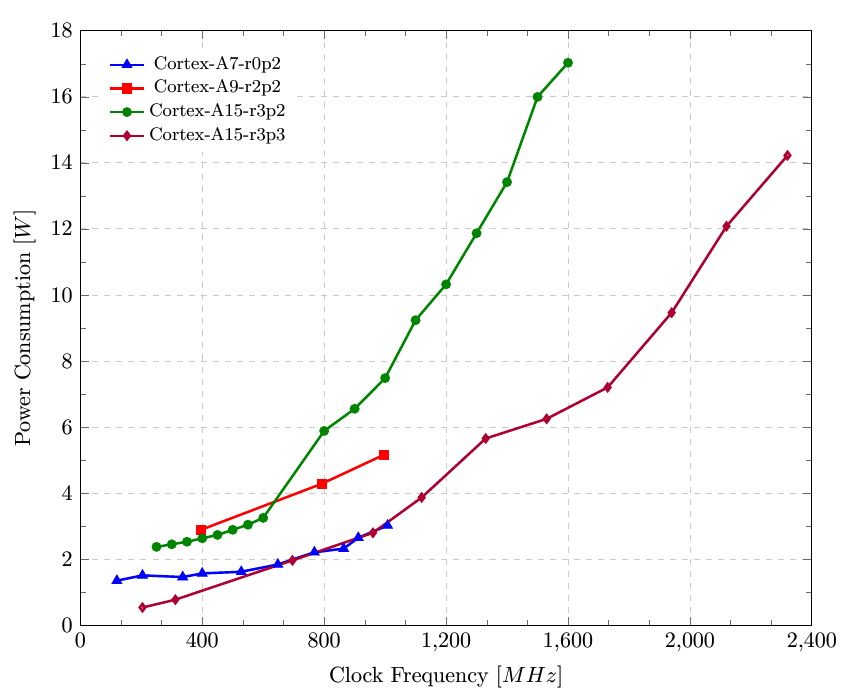Caine
Hardcore Member
Good to see it in a wider context, thanks. Though in the post before that Michael mentioned that the throttler was quite horrible.
I mostly fear more RAM and heat related delays when I read this stuff. I suppose I should not jump to conclusions before a new official news post.Additionally, the throttler seems to be one of the worst I've ever seen...
It seems to throttle to 300MHz suddenly and stays there for a while (don't know for how long)
A good throttler would dynamically lower the CPU power to keep the heat below a certain temperature, but it shouldn't suddenly throttle to lowest CPU speed...
I guess there's work to be done here.





